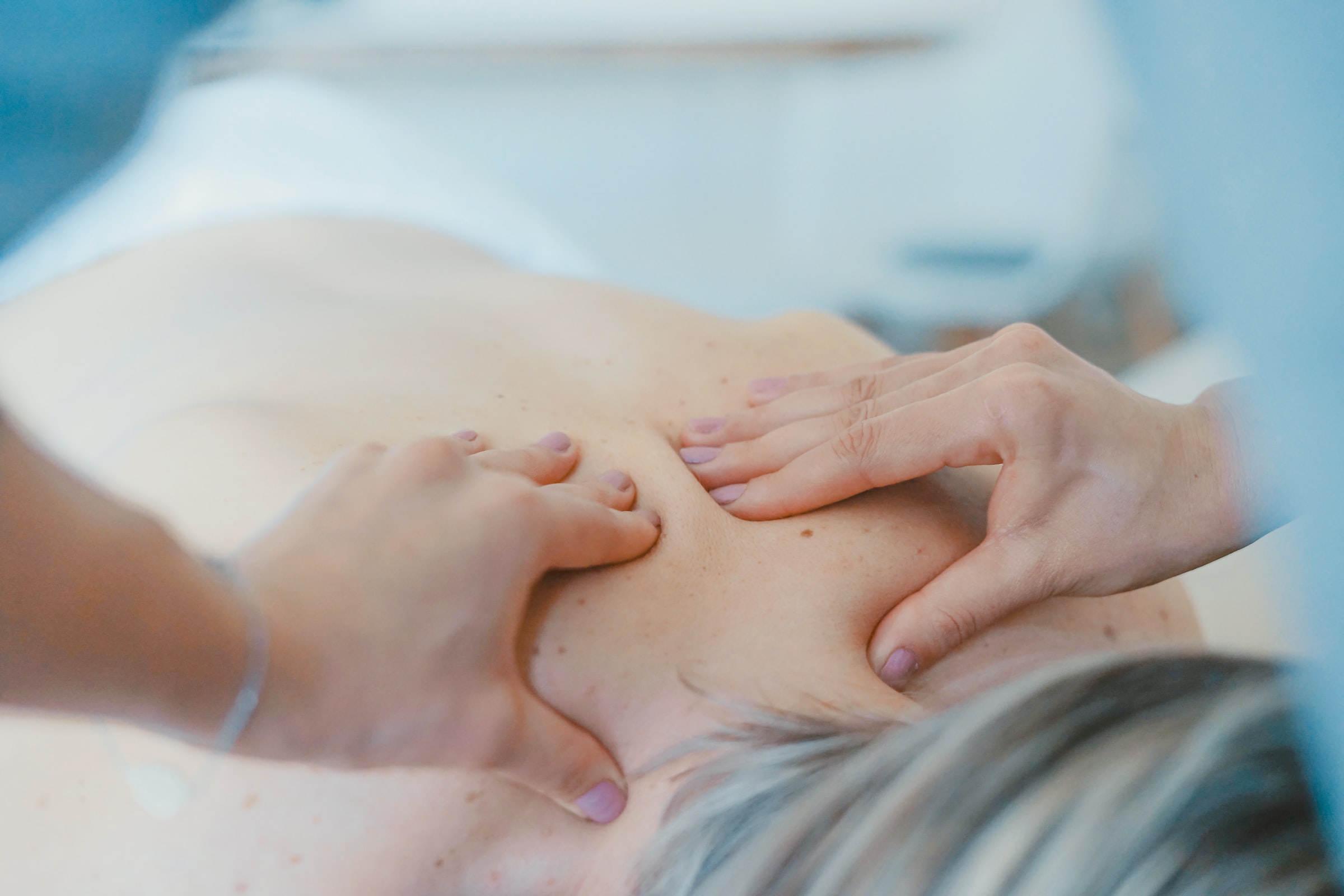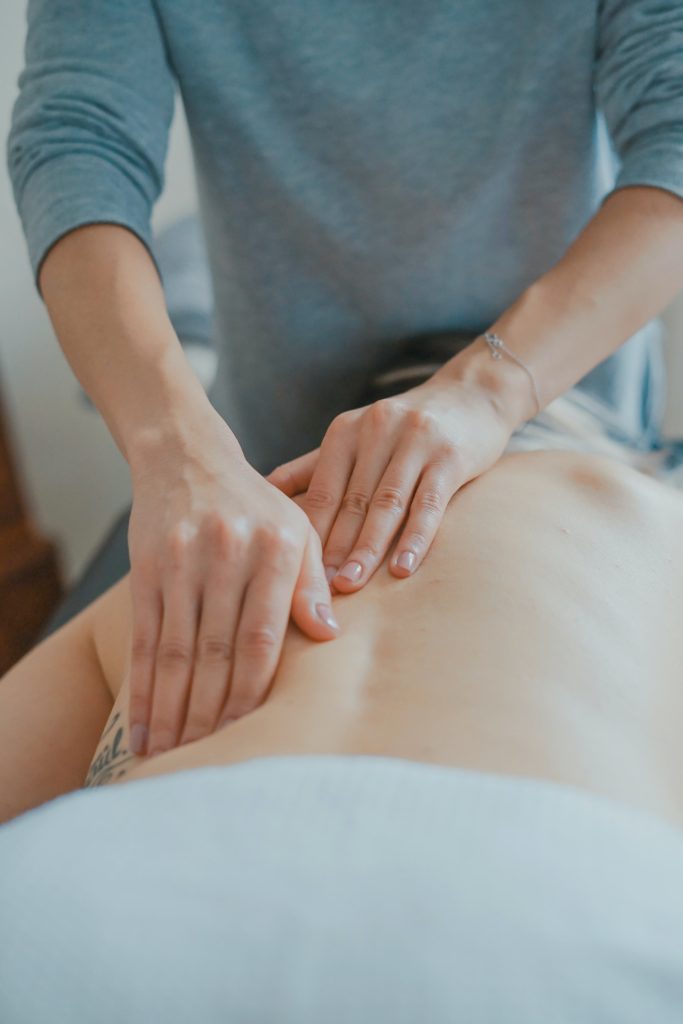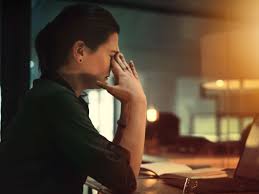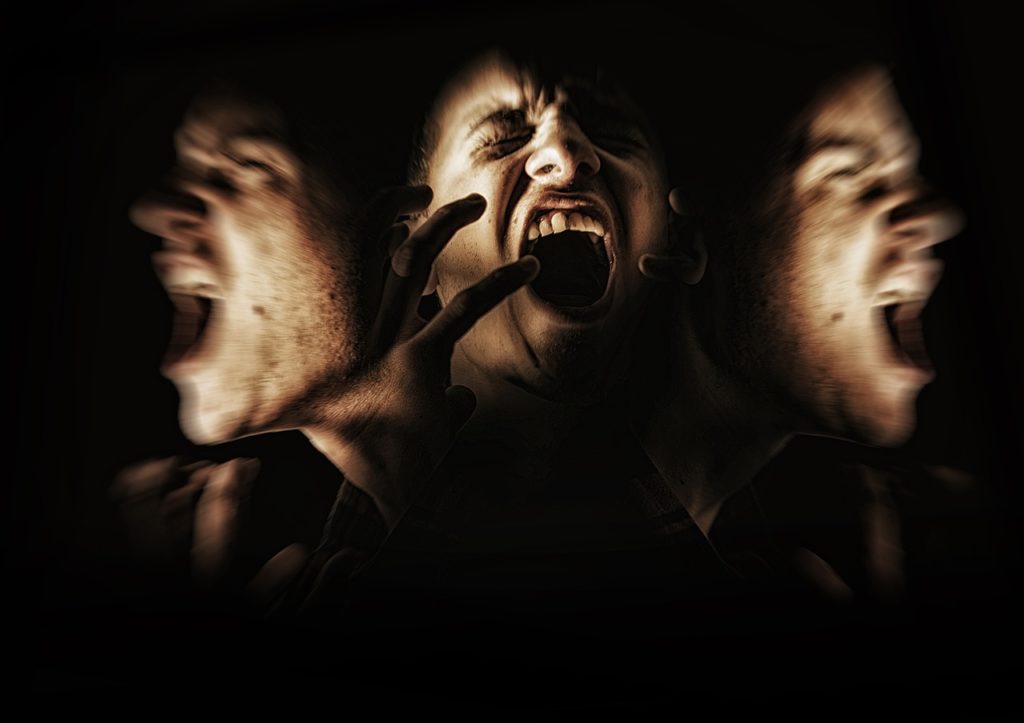Osteopathy is a technique of therapeutic care that is done by the manipulation of the bones. So, without further ado, let’s dive into this blog and learn some of the things you need to know about osteopathy.
The principle of osteopathy

All parts of the body are connected by connective tissue. This is why, as soon as an osteopathic lesion occurs in the organism, the disturbances influence the other parts of the body. It also allows us to know the general state of health of the human body. Osteopathy is a therapeutic method aimed at controlling the physiology of the human body as a whole.
The different reasons to consult an osteopath
-
- Neurological system: facial treatment, cervicobrachial neuralgia
-
- ENT and pulmonary system: migraine, vertigo, sinusitis, etc.
-
- Cardiovascular system: hemorrhoids, palpitations, oppression, venous congestion.
-
- neurovegetative system: behavioral disorder, hyper nervousness, anxiety, stress, spasmophilia
-
- Digestive system: bloating, constipation, difficult digestion, etc.
-
- Genito-urinary system: gynecological pain, sterility, sexual function disorders, etc.
-
- Orthopedic and locomotor system: sprains, tendinitis, costalgia, neck pain, etc.
The practice of osteopathy
The osteopath uses only his hands to perform his intervention when he seeks to discover imbalances in our body. He must also have several osteopathic techniques in relation to the needs of the patient:
-
- Techniques that act on lesions to correct them but without exceeding the physiological limits of the joint.
-
- The hypotensive techniques require the patient’s approval and concern for the contraction maneuvers as well as the relaxation of the muscles.
-
- Functional techniques are hand movements performed by the osteopath to correct disorders such as torticollis.
-
- Craniosacral techniques take care of the biodynamics of the base of the skull. In fact, the osteopath tries to know the quality and quantity of movements at the level of the cranium.
The prohibitions of osteopathy
Practicing this technique for the following diseases: hemorrhage, hemophilia, and tissue fragility is not recommended.
The course of the consultation with the osteopath
At the first contact, the osteopath will ask about the patient’s situation, including the reason for coming and the medical history. Then the patient must do a test so that we can know the dysfunctions (such as tissue palpitations) and the level of pain.
To be able to dominate and apply this medical method, an osteopath could have acquired it through a natural gift or after training. For the latter, it must be approved by the Ministry of Health. The osteopath must have a very attentive quality of listening to your pains. If you want specialists in osteopathy, go to a health center.
The benefits of osteopathy

Osteopathy is known for its ability to relieve muscular system disorders, including back pain. On the other hand, it treats acute problems such as sports injuries and joint pain.
Contribution to the relief of back pain
Several studies have shown that osteopathy is very effective. The treatment is short-term. The reduction of pain is better than the use of anti-inflammatory drugs.
Pain relief
According to the results of clinical trials, it has been proven that this treatment is very effective for patients who have had neck pain for a few weeks. The intensity of the pain decreases as the osteopathic treatment progresses.
Decrease the symptoms linked to asthma
Osteopathy improves the cardiac rhythm. However, no relevant evidence has been found on the effectiveness of osteopathy in making asthma disappear.
Relieve the cephalic sphere
Osteopathy can also treat blockages in the neck and stiffness of the cranial fascia. Indeed, its various disorders cause affections.
The intestinal sphere
This method can be used for functional disorders of the intestine, such as irritable bowel syndrome.
The pelvic sphere

Osteopathy can alleviate painful periods resulting from gynecological affections.
Sound off in the comments section below, and tell us what you want to read next and if you want to read more about osteopathy.


